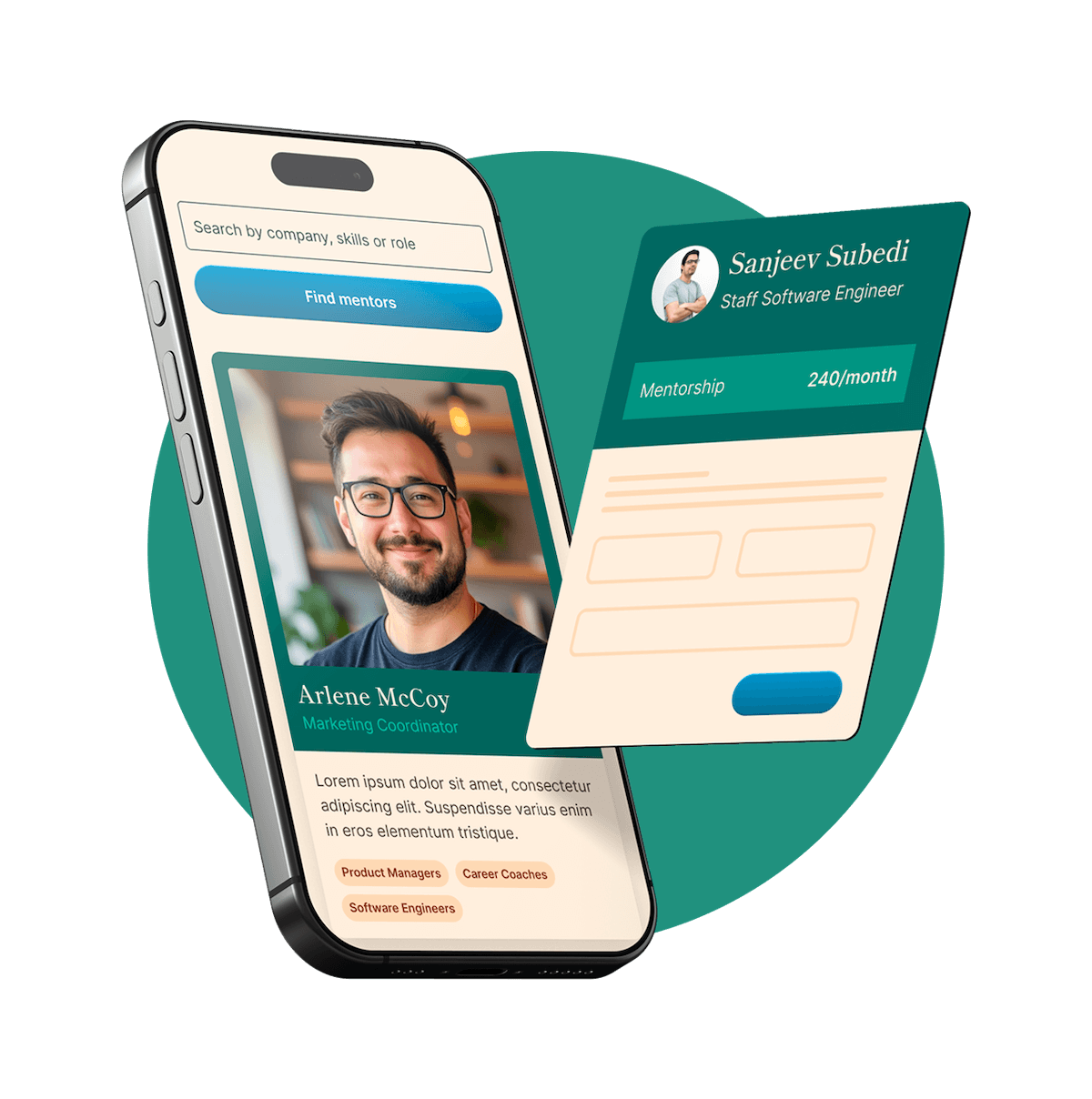Stepping into your first leadership role can be both exciting and overwhelming. After 18 years in HR, partnering with business leaders across different organisations and industries, I’ve seen a common story repeat itself. Someone who’s been an exceptional individual contributor gets promoted into a people leadership role often with little to no training or support.
And let’s be honest: leading people is tough. It’s incredibly rewarding, but it also calls on a completely different skill set than what made you successful as an individual contributor. I remember one new manager who came to me six months into her role, completely burnt out. She was trying to do everything herself because that’s what had made her successful before. Once she learned to shift her focus from doing to leading, everything changed. Her team started to thrive, and she finally felt like a leader.
As someone who’s spent my career coaching and guiding new managers, I want to share a few practical tools and insights that can help you start strong even if your company hasn’t given you a roadmap.
The first step to becoming an effective leader is self-awareness.
Ask yourself:
Knowing yourself allows you to lead authentically and to build on what you’re already great at while recognising the habits or blind spots that might hold you back. A big part of this is emotional awareness, understanding how your emotions show up under stress and how they influence your reactions and relationships. Leaders with high emotional intelligence (EQ) tend to build stronger trust and communicate more effectively, especially in challenging moments. This self-awareness builds emotional resilience, the quiet strength every leader needs. Because leadership isn’t calm and controlled all the time; it’s unpredictable, messy, and full of competing demands. The leaders who stand out aren’t the ones who never feel stressed, but the ones who can recognise what’s happening internally and choose their response. They lead from stability, not reactivity.
If you’re not sure where to start, try one of the many free self-reflection tools available online such as the LeaderDNA (overall leadership assessment) and Leadx EQ (leadership EQ assessment). They can spark helpful insights about your natural leadership style.
You can also start simply by asking yourself:
Building awareness isn’t about labelling yourself; it’s about leading with intention rather than instinct. It’s about capitalising on your strengths and surrounding yourself with people who are strong in areas you aren’t.
Leading each of your team members the same way simply won’t work. Everyone brings different strengths, motivations, and levels of experience and the sooner you recognise that, the better results you’ll get.
Spend time learning about:
The best leaders don’t guess these things; they learn them intentionally. Use your early one-on-ones to build connection and gather insight. Ask thoughtful “get to know you” questions and take notes. A simple spreadsheet or notebook can help you remember the small details that matter. When you remember what’s important to someone, you show that you care and that builds trust faster than any formal team-building exercise.
Once you know your people, you can start tailoring your leadership approach. A model I’ve seen work brilliantly for new managers is Situational Leadership. It teaches you to adapt your style based on a person’s competence and commitment for a given task.
👉 Watch this quick explainer on Situational Leadership.
It’s a simple but powerful shift. Going from “How do I lead?” to “What does this person need from me right now?”
Managing individuals is one thing; shaping them into a high-performing team is another.
What is a high performing team? You’ll find plenty of definitions out there, but high-performing teams all share a few core traits: trust, respect, open communication, a shared vision, and clear roles.
Here’s where to focus:
Whether you realise it or not, your team will form a culture; the only question is whether you shape it intentionally. As a new leader, set the tone early through the behaviours you model, the priorities you reinforce, and how you handle mistakes. Your consistency becomes your culture.
You’ll feel pressure to prove yourself, but leadership isn’t about doing it all or knowing it all for that matter, it’s about creating the conditions for others to succeed.
Delegate intentionally. If something isn’t your strength (say, organising team-building activities), invite someone else to lead it. You’ll empower them and lighten your load.
And most importantly, stay curious. The best leaders ask great questions, listen deeply, and request feedback often because they see feedback as data, not judgment. Every conversation is a chance to learn something about yourself and your team.
As a seasoned people leader and HR partner who’s supported managers in multinational organisations for nearly two decades, I’ve seen what works, and what doesn’t.
Too often, new leaders are left to figure it out alone.
You don’t have to.
If you’re a new manager looking for support and a clear development roadmap, I’d love to help you build confidence, clarity, and capability in your leadership journey.
Find out if MentorCruise is a good fit for you – fast, free, and no pressure.
Tell us about your goals
See how mentorship compares to other options
Preview your first month
